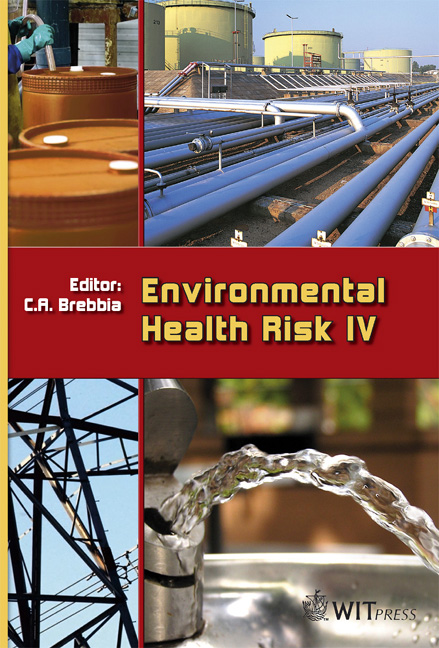Indoor Air Quality In Old And New Schools
Price
Free (open access)
Transaction
Volume
11
Pages
8
Published
2007
Size
381 kb
Paper DOI
10.2495/EHR070031
Copyright
WIT Press
Author(s)
K. Rumchev, R. Ourangui, D. Bertolatti & J. Spickett
Abstract
It has been demonstrated that air pollution is associated with a wide variety of health impacts in humans, especially among the elderly and children. In this preliminary study the exposure levels of formaldehyde, particulate matter with a size less than 2.5 µm in diameter (PM2.5), number of ultra fine particles as well as indoor temperature and relative humidity were measured in six primary schools (three old and three new schools). A total of 20 classrooms were monitored twice a week, at the beginning and at the end of the week. The aim of this study was to compare exposure levels to selected indoor air pollutants between old and new schools located within the Perth metropolitan area, Western Australia. According to the findings the formaldehyde levels were higher than maximum permissible levels recommended by NHMRC in 45% of samples in old schools and 67% of the samples in new schools. In regards to PM2.5 concentrations, most samples were lower than the WHO guideline value of 25 µg/m3 (24 hour exposure). In terms of ultra fine particles, generally old schools had a higher number of ultrafine particles. Keywords: indoor air quality, formaldehyde, particulate matter, school. 1 Introduction Indoor air quality has become a matter of growing global concern over the last thirty years. Recent research indicates that there is a relationship between respiratory disease including asthma and indoor air pollution [1]. Children are generally more susceptible to the effects of air pollution [2] especially particulate pollution [3], because their bodies are growing, and their developmental processes, especially in the lungs, may well be affected by air pollution [1]. Children experience higher exposures to environmental pollutants than adults because, per kg of body weight, they breathe a greater volume of air and ingest
Keywords
indoor air quality, formaldehyde, particulate matter, school.





